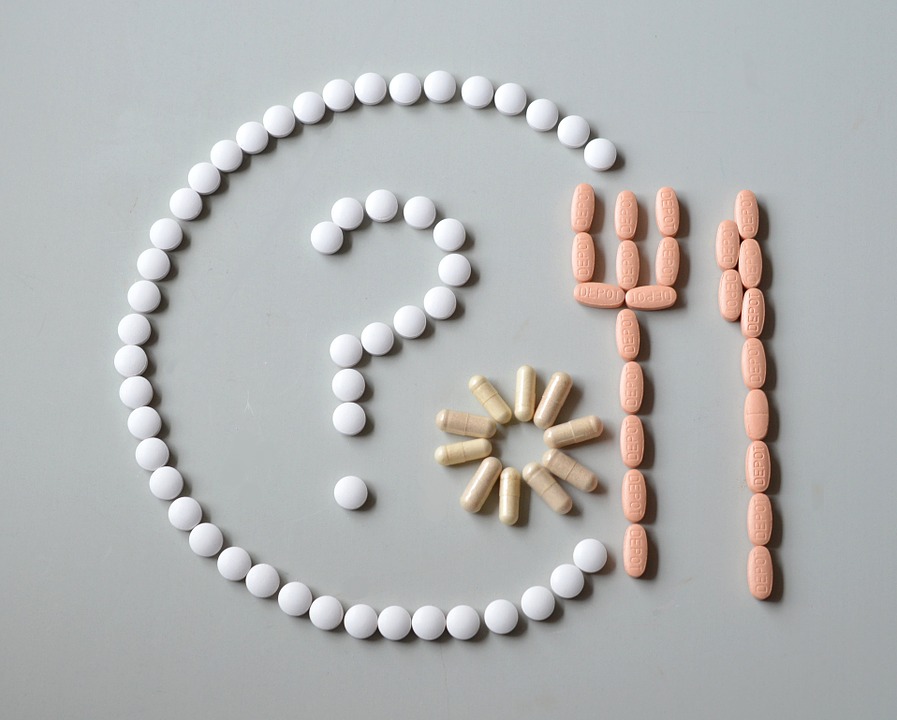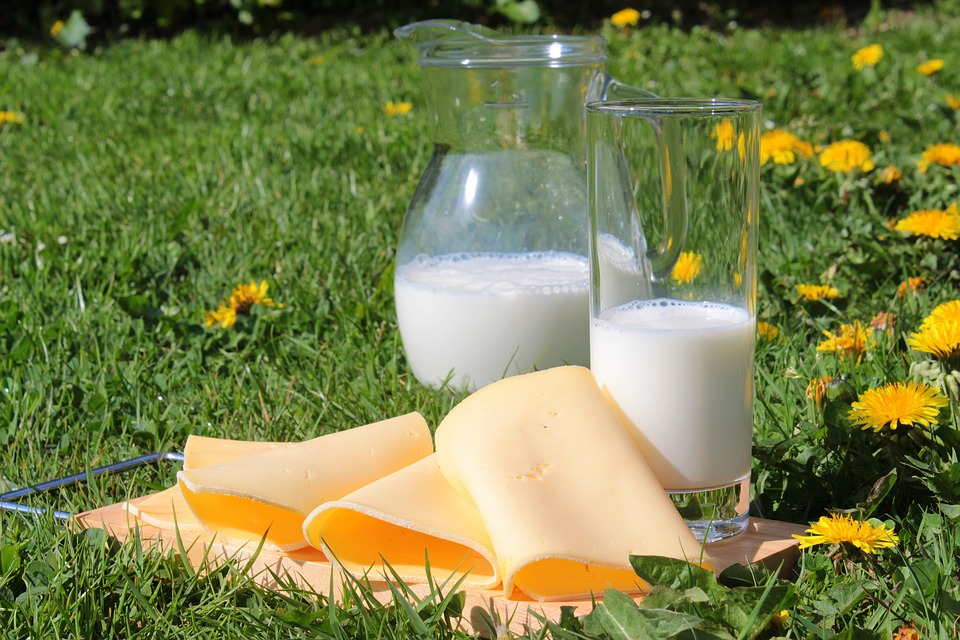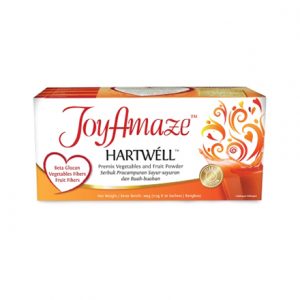Table of Contents
An Introduction to ‘Functional Foods’
Today most of us are very health conscious and interested in learning more about diet, lifestyle and illness prevention methods. In fact, we are willing to learn more about overall human health and accept symptoms and trigger signs positively before they could manifest themselves as bigger ailments. We eat food in order to meet our individual physiological requirements. As more research into our food consumption and requirement habits has evolved, the concept of ‘functional foods’ has started gaining importance and popularity. Any claim of a food that is ‘functional’ in nature would be based on the fact that they exert some additional beneficial effects on the host body.
The term ‘functional foods’ was introduced in Japan in mid 1980s. In the Japanese market they are called ‘Foods for Specified Health Use’ (FOSHU). Examples of functional foods include those containing naturally occurring bioactive substances like dietary fibre; those enriched with bioactive substances like probiotics, and synthesised food ingredients introduced to traditional foods like prebiotics. The concept of functional food has now been associated greatly with food for gastrointestinal tract, especially the microbial flora within it.
A Healthy Gut for Better Health
The health of our gut in general is a very important factor in maintaining our overall health and wellness. The microbial flora in our gut plays a vital role in digestion, metabolism and absorption of nutrients. Our gut contains both pathogenic and beneficial microorganisms. A higher content of the former can result in diseased states; and a predominance of the latter can ensure proper metabolism and good health. Hence it is a prerequisite to maintain an optimum balance of microbial flora in our gut. Since the introduction of probiotics in 1965 and prebiotics in 1995, they have drawn a lot of attention for their ability to improve health just by maintaining an optimum balance of microbial flora in the gut.
A trend followed in this direction nowadays is to use probiotics and prebiotics in combination, also referred to as synbiotics. The name synbiotic is attributed to the fact that this combination of probiotics and prebiotics work synergistically to maintain the beneficial microbial flora and health of the gut. The microbial flora in our gut help to digest, metabolise and thereby aid in the absorption of a wide range of nutrients like vitamins, proteins, fatty acids, minerals and carbohydrates. Under certain altered conditions like illness, stress, medication, age, food and lifestyle habits, the microbial balance in the gut may be affected, leading to serious general ill-health.
But what’s the difference between Pro and Pre-biotics?
Probiotics
The term ‘probiotic’ is derived from the Latin word “pro” which means “for” and the Greek word ‘biotic’ which means ‘life’. According to WHO’s definition, probiotics are live microorganisms, which when administered in appropriate amounts; confer health benefits on the host. In 2009 the International Scientific Association for Probiotics and Prebiotics (ISAPP) came out with some amendments to this WHO defi nition, listing down certain requirements like:
- A probiotic microorganism should be alive when administered
- A probiotic should have underdone controlled evaluation to ensure documented health benefits in the target host
- A probiotic should be a taxonomically defined microorganism or combination of microorganisms (up to genus, species and strain level)
- A probiotic should be safe for its intended use. Probiotic microorganisms should not have a pathogenic nature, should not promote the growth and/or activity of bacteria that can cause diarrhoea, should have no ability to transfer antibiotic resistance genes and should be able to maintain genetic stability.
Mechanism of Probiotic Action
Probiotics exert their effect by virtue of their ability to:
- Adhere to gut tissue
- Resist degradation and digestion in the stomach acidic environment, bile and enzymes
- Elimination or reduction of pathogenic microorganisms
- Enhancement or improvement of beneficial microbial flora in the gut.
Sources of Probiotics
Currently the most popular microorganisms for probiotic use are lactobacilli and bifidobacteria due to their success in promotion of growth and activity of beneficial microorganisms and suppression of pathogenic microorganisms. Probiotic microbes are present abundantly in bread, cheese, curd, chocolates, some juices, milk, tempeh, tofu and yogurt.
Prebiotics
As its name suggests, a ‘prebiotic’ is something that helps in growth. It is a non-digestible food ingredient that benefits the host by selectively supporting the growth and/or activity of certain microorganisms. Prebiotics include fermentable fibres and carbohydrates that are used by certain ‘good’ bacteria as a source of food within the gut, and help to promote an environment within the gut that is conducive for the good bacteria to thrive. The ISAPP have laid down three main criteria for a prebiotic to be effective, namely:
- A prebiotic should be resistant to any sort of degradation due to the highly acidic environment of our stomach, or due to the enzymes present in our gut, or due to hydrolysis
- A prebiotic should be able to undergo fermentation by intestinal microorganisms
- A prebiotic should be able to selectively stimulate the growth and/or activity of certain beneficial microorganisms in the gut.
Mechanism of Prebiotic Action
Prebiotics pass through the entire gastrointestinal tract without being broken down by the acid, bile or enzymes. Thus they are able to reach the large intestine in an intact viable form. Once they reach there, they serve as a source of nutrition for the probiotic bacteria that thrive there. This promotes good health.
Sources of Prebiotics
The two well-known and widely used prebiotics are inulin and transgalacto-oligosaccharides (TOS). They occur naturally in foods such as asparagus, bananas, beans, chicory, garlic, honey, lentils, oats, onions, peas, shallots and spinach. On-going research on newer prebiotics like polydextrose, arabinogalactan and lactulose will pave the way for better health management in the future.
Benefits of Prebiotics and Probiotics
Prebiotics and Probiotics have multiple benefi ts to the human body in that they not only improve gut health, but also:
- Improve absorption of minerals and vitamins,
- Reduces risk of osteoporosis
- Strengthen the immune system
- Reduce allergic symptoms,
- Alleviate lactose intolerance
- Relieve constipation, diarrhoea and irritable bowel syndrome (IBS),
- Help to eliminate pathogenic or harmful disease causing microorganisms,
- Reduce incidences of kidney stones,
- Lower cholesterol levels by improving metabolism of lipids,
- Reduce risk of obesity and type 2 diabetes,
- Lower hypertension
- Prevent certain types of cancer
Synbiotics
A recent trend in the field of probiotics and prebiotics is to use them in combination. This combination is referred to as a synbiotic. It owes its name to the positive synergy created by probiotics and prebiotics in combination. Synbiotics have more beneficial effects on human health than probiotics or prebiotics alone. Appropriate dosing and administration of synbiotics is the subject of a wide variety of research all over the world; but in general their consumption as a food supplement is regarded to be convenient, effective and safe.
Future Trends
In just about 20 years of its origin, prebiotics have been extensively studied and have made breakthroughs in many areas of diet, nutrition and health sciences. Probiotics and prebiotics are capable of improving and maintaining an appropriate balance of microbial flora in the gut, thereby promoting good health and well-being. They can be administered in a variety of dosage forms and can also be incorporated in food. Further research will help to generate better ideas of incorporating them into functional foods with adequate data on dose-response relationship, thereby increasing confidence among end-users. It may also be possible to use them to increase beneficial microorganisms while suppressing pathogenic or harmful microorganisms at the same time.
Newer synbiotic combinations and strengths could find applications in more enhanced disease prevention and treatment. Synbiotics can ensure survival of the beneficial microorganisms when they pass through the upper part or the more acidic part of the gut; so that they can become more effective in the lower or distal part of the gut. The ability of these agents to act in the most distal parts of the colon, which is known to be the part for the origin of several chronic diseases like colon cancer and ulcerative colitis, can also be evaluated and researched.
How can you get more probiotics and prebiotics?
Yakult is a high quality probiotic in the form of a fermented milk drink. Yakult contains 6.5 billion unique probiotic called “Lactobacillus casei Shirota” (also called the “Shirota strain”) in each bottle.
JoyAmaze Hartwéll Beta-Glucan Juice
Introducing JoyAmaze Hartwéll™, the first Beta Glucan juice in Malaysia, a versatile, easy-to-prepare and portable premix powdered fruit and vegetables fibre. Each sachet contains fibre from 10 varieties of fruit and vegetables that are high in soluble and non-soluble dietary fibre including the vital prebiotics.
GREENLIFE ESSENTIAL PRE + PROBIOTICS FORMULA 10B CFU 30C X 2
GreenLife Essential Pre & Probiotics Formula is a unique proprietary powder blend of 6 probiotics and 2 types of prebiotics




























